Cold Exposure – Respect The Elements
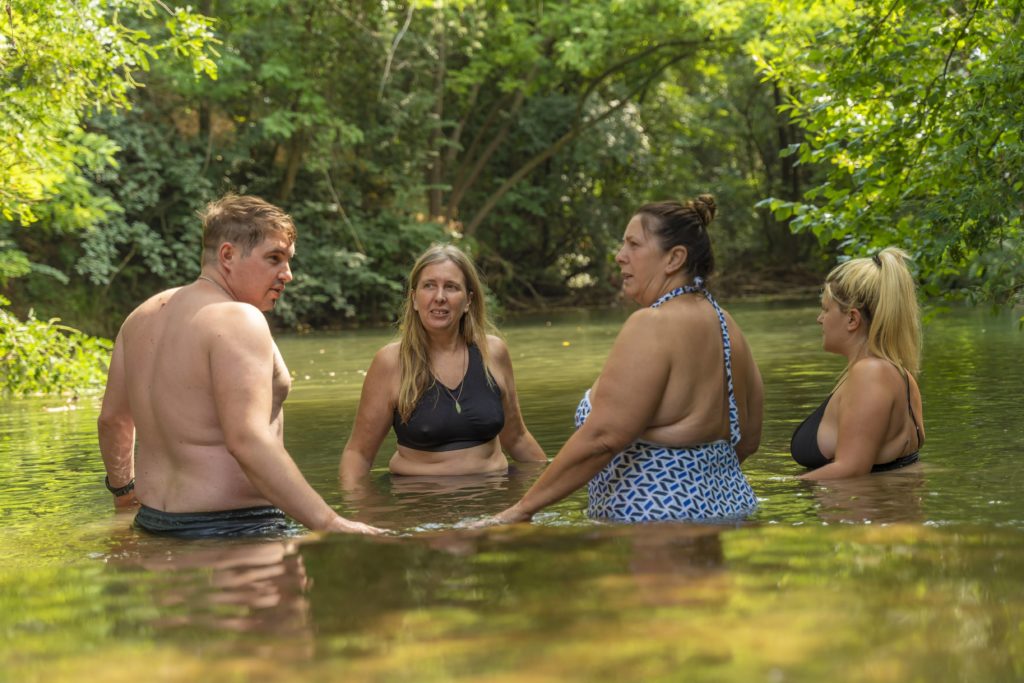
Cold exposure is becoming more and more popular as people are becoming more aware of the benefits of this activity. With popularity, however, comes abandon, ego, competition, challenges and social media pressure.
The Wim Hof Method promotes gradual cold exposure and any instructor will tell you that anything sub 15C for around 2 mins will give you all of the available benefits but that you always need to listen to your body.
Serious cold exposure that you may see myself or other instructors doing in their spare time, or during their workshops is always controlled. There is a protocol and we follow it for a reason. The cold (as Wim would say) is our teacher, there are some amazing things to be learnt about yourself, your body, your mind and your capabilities by getting it right, but also some hard and valuable lessons to be learnt in getting it wrong.
So what is our protocol and why do we do it?
Cold Exposure Protocol
Before Cold Exposure
Breathing
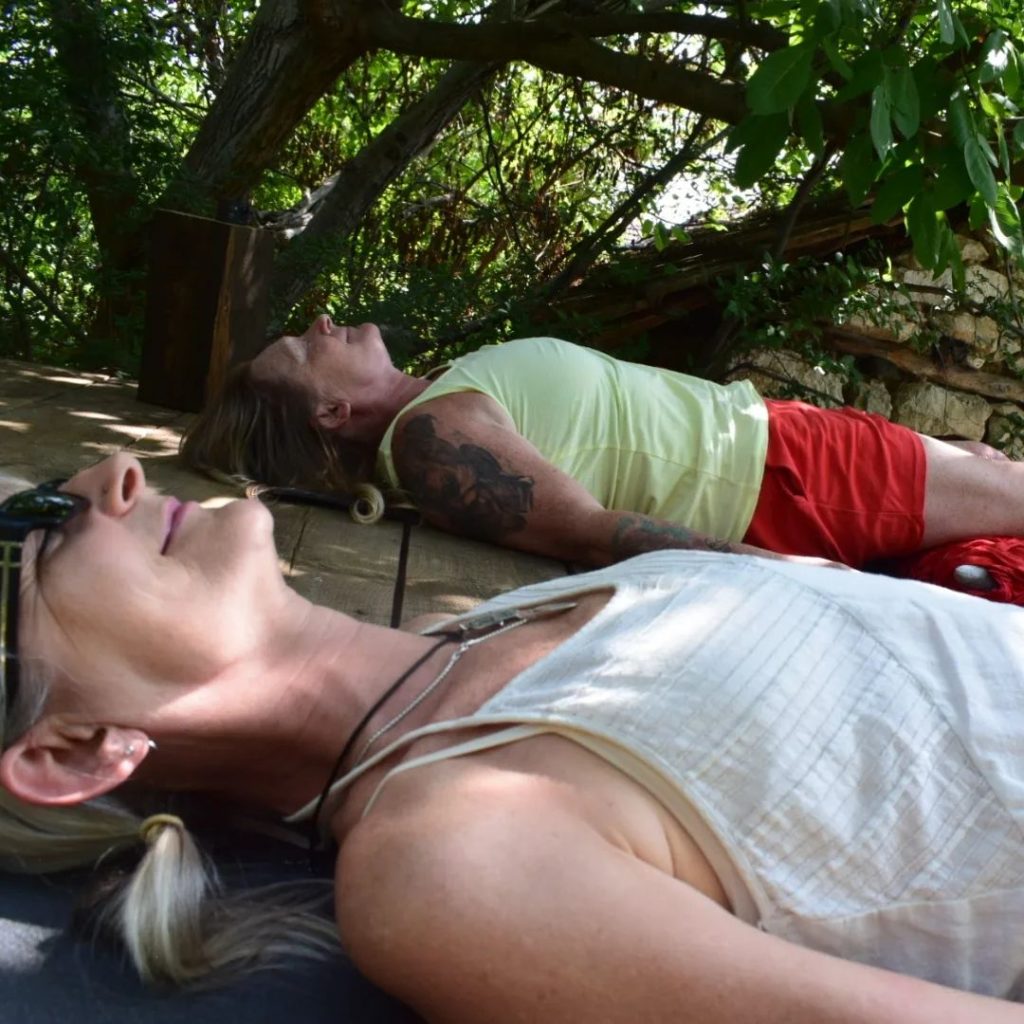
Before any serious cold exposure we will always lead the group in at least one round of breathing. 30-40 deep inhales, with a breath hold on the last exhale and once the urge to breathe is triggered, a deep inhale and hold at the top for 10-15 secs.
We do this because this starts the process of core protection.
The activity in the intercostal muscles of the rib cage during the deep breathing creates heat in the core. As humans we consider our bodies from head to toe as being equally important, but our bodies don’t agree.
When exposed to very low temperatures our bodies do everything to protect the core, the extremities of arms, hands, legs and feet are expendable and therefore blood supply is restricted to these areas once submerged in the cold water.
Safety Note: Never do this type of breathing in the water, near the water, whilst driving or in any circumstance where loss of consciousness could cause injury.
Info Note: There are further advanced techniques that can be employed to ‘activate brown fat’ or to ‘stimulate our peri-aqueductal grey area’ of our brain, these will be discussed in future articles.
Visualisation & Mindset
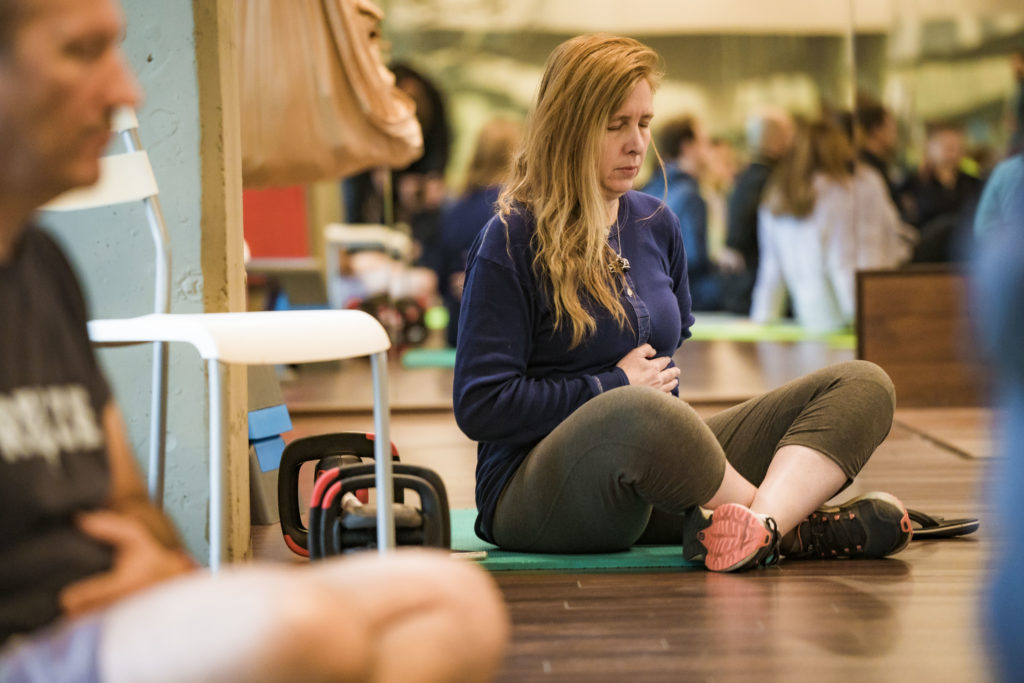
Preparing your body physically for the challenge of an ice-bath is only part of the puzzle. The most important element of cold exposure is mindset.
We will ask participants to focus on the task ahead, visualise entering the ice, how it will feel, how they are going to react to it and how they bring all of those elements under control to have a fantastic experience.
We do this because it is clear that people with a positive outcome expectancy will have a much more positive experience.
Info Note: There was a mindset study done in 2015 regarding outcome expectancies and how that can influence results, I will detail this in a further article.
During Cold Exposure
Breathing
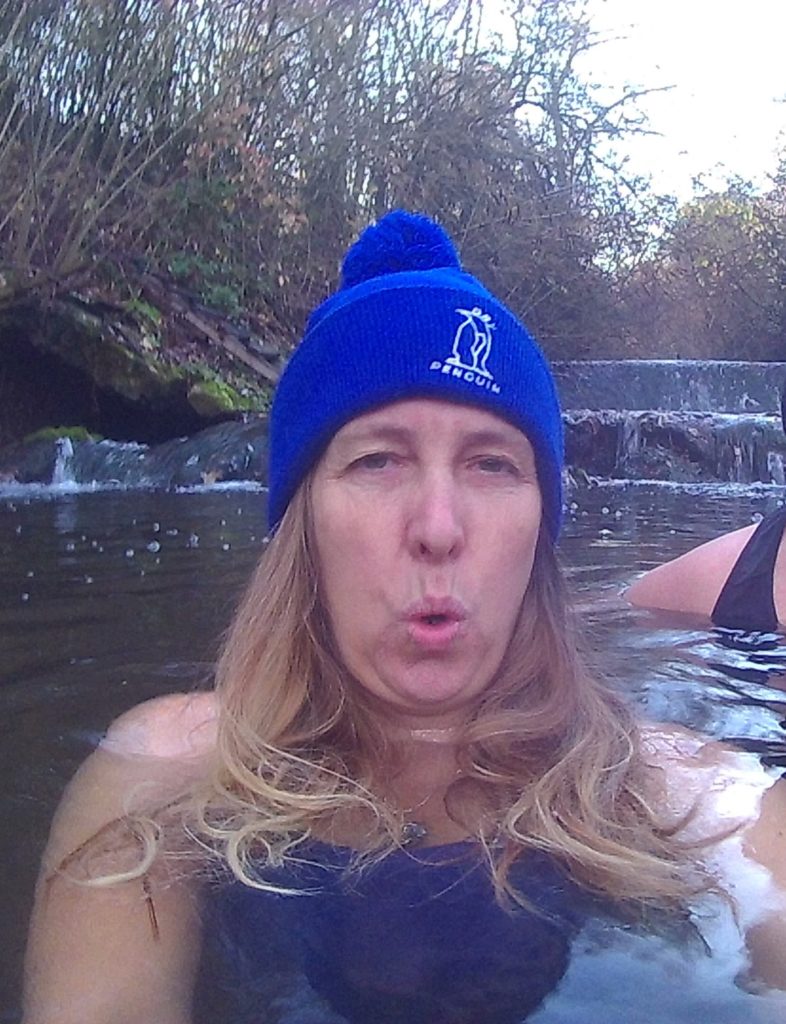
When a person enters a cold bath, river or pool (ice or no ice) there is a gasp reflex. Occasionally this will result in involuntary hyperventilation.
Neither of these things are dangerous, as long as the person is not submerged.
We teach every person to take a nice deep breath before entering the water and to prolong their outbreaths as much as they can until they feel under control. They then should continue to focus on controlling their breath throughout the time in the water.
Entering the cold activates the Sympathetic Nervous System (SNS), but taking nice, slow, controlled outbreaths activates the Parasympathetic Nervous System (PNS) that we talked about in the article ‘Breathing Is Simple, We all Do It!’. It brings the situation back under our control.
Having these tools to hand when entering the cold in a controlled environment is essential to a positive outcome. Each day is different, but the care that we take over this protocol whether we are under experienced supervision or not, is vital.
Info Note: A nice little tip is to touch your big toes together at the bottom and place your hands on your thighs. These small connections will help to reduce the chill in the extremities.
Following Cold Exposure
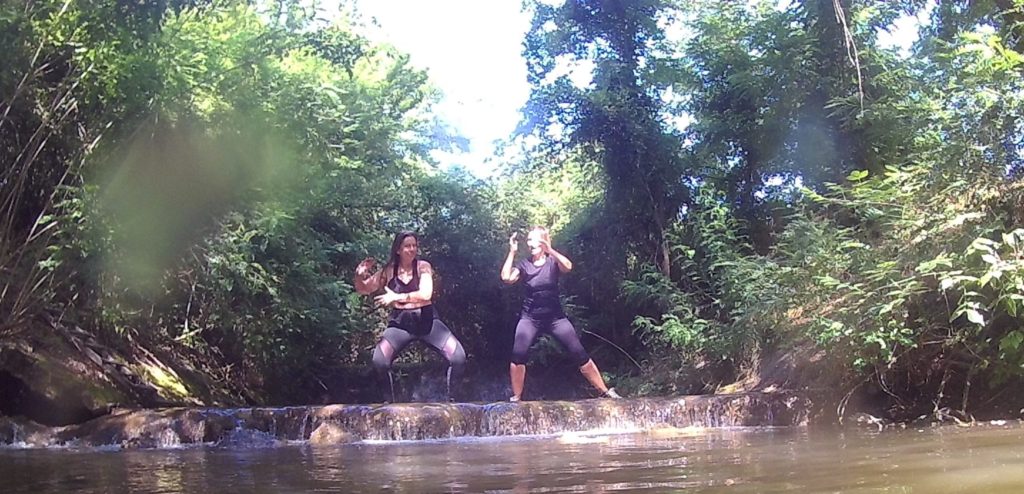
The journey isn’t over yet! When we exit the water, it is vital we continue to focus and move slowly.
When your body is submerged in cold water, the vascular system constricts to protect the core. This is why your hands and feet get cold first when out playing in the snow. The optimum core temperature is 37C and surprisingly doesn’t support dropping much below this level before hypothermia sets in at just 35C (only 2 degrees), therefore safe time in the water is directly correlated to the water temperature.
When you come out of the water, the vascular system dilates as the imminent danger has passed, however, if we move too quickly then the cool blood at the extremities will mix too quickly with the warm blood of the core and drop the overall temperature of your body. This is called ‘afterdrop’ and it is not pleasant, it can cause dizziness, nausea, uncontrollable shivering and an inability to feel warm for hours.
The Wim Hof Method advocates the horsestance as the ideal activity to perform in order to warm ourselves back up gently. This involves standing in a low-squatted position, straight back and twisting from side to side, moving your arms slowly in almost Tai-Chi like flows.
Done properly and for prolonged periods, this stance brings heat into the body through the thigh muscles and the intercostal muscles through the gentle movement of the arms and twists.
Why Do We Do It?
The benefits of cold exposure are huge, combine them with the breathing and they increase exponentially, but add in a strong positive mindset and you have gotta go buy a pair of knickers that will fit on over your pants because suddenly you have a set of your very own superpowers.
Cold exposure alone gives your body a cardiovascular workout (literally) as it contracts and dilates your blood vessels, improving circulation that if you have read My Why then you’ll understand why this is important to me. It reduces inflammation and therefore pain, increases the production of white blood cells (the immune system), gives you an energy boost yet improves sleep quality. It boosts production of feel good hormones and increases your metabolism…. do I need to go on?
It is a free, gradual pathway to improved health and wellbeing if practiced safely and with common sense.
As Wim would say “No ego – we go!”
2 Comments
Catherine Syrbe
Excellent article Jane! This answered most of my questions about the benefits of cold water exposure.
I’ve been doing cold showers for a couple of months (no other option I’m off the grid) and I’d been soaping up and jumping in and doing the rinse as quickly as possible, followed by pouring a pot of stove heated water over my head.
I thought, after following you on Instagram, I was wasting an opportunity by the hot water finish.
I miss wild swimming and rather than moping about it, I should put my energy into cold showers. I really missed the buzz of swimming.
I’m happy to report that following your advice on cold water showers–I’m feeling the benefits. I psych myself up, concentrate on the positive benefits and take the “plunge.”
The buzz, joy, and energy I feel afterwards are undescribable. I’m on Day 6 doing 1-2 showers a day and can’t wait to see the benefits unfold.
Thank you for sharing your journey!
Jane
Freekin’ Amazing! It gives me such a buzz when I can inspire people to get comfortable in the uncomfortable and grab all those benefits with both hands… You have made my day. Thank you for taking the time to acknowledge the effort you have made… go girl 🙂